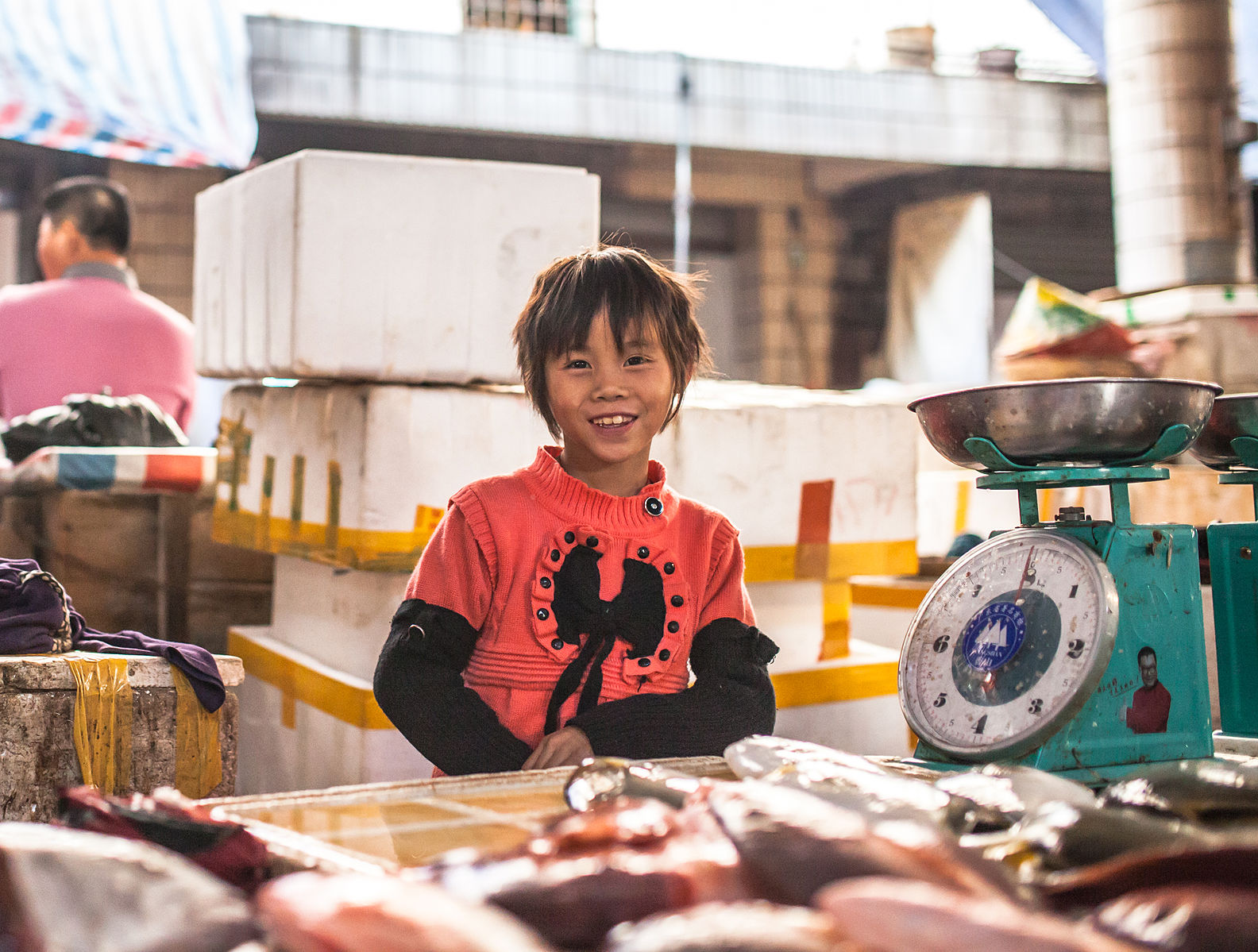Neil Howard argues that a better understanding of ‘harm’ within children’s work leads us away from the attempt to abolish child labour and towards a focus on child wellbeing
Calls to eliminate child labour fail to listen to working children, even though removing children from putatively ‘harmful work’ can cause further harm. How, then, can harm be better understood, contextualised, and addressed?
Re-thinking ‘harm’ in relation to children’s work
The UN calls for the elimination of child labour by 2030, and its ‘worst forms’ by 2025. Implicit in this call is the idea that children’s work is harmful, yet no coherent theory of harm exists within the child labour field. The International Labour Organisation (ILO), for instance, defines child labour as work that is “mentally, physically, socially or morally dangerous and harmful to children”, yet at no point in its voluminous writings does it ever elaborate what ‘harm’ constitutes beyond articulating a series of hazards that may cause it.
Evidence suggests that this is problematic, because it has led those in power to define as harmful what they see as likely to be damaging, without consulting working children in order to understand and incorporate their views. This has in turn led to child labour interventions which centre around removing children from putatively ‘harmful work’, even when that removal causes further harm by denying children access to the material or symbolic resources they need. Recently, Roy Maconachie, Rosilin Bock, and I reviewed the literature on children’s work and harm, and came to the following conclusions about how to move beyond this problematic impasse.
First, our findings suggested that ‘harm’ has to be approached as a relative, contextual, and relational concept. That is to say, although certain elements of certain jobs may definitively harm children in particular ways – such as the use of pesticides which damage lungs – whether and to what extent that work may overall be considered ‘harmful’ can only be established by situating it within the multi-dimensional context of aggregate positive and negative outcomes, as well as present and future opportunities.
For example, if a child takes a job using pesticides that negatively affect her breathing but is able to avoid starvation through doing so, it would be bizarre to term that work ‘harmful’. It may be dangerous, worse than theoretical alternatives, and reflective of gross inequalities and injustices, but it remains undoubtedly preferable to the ultimate harm represented by the actual alternative of death.
Second and relatedly, we suggest that if we want to understand harm within children’s work, we have to answer a number of questions, including:
1) What are the individual physical, mental, and social capabilities of the child?
2) What is the nature of the child’s work, including hazards and hazard management strategies?
3) What is the social, cultural, and economic context within which that work takes place?
4) What meaningful alternatives exist?
5) What benefits are actually and potentially derived from it?
Answering these questions effectively requires input from multiple sources, including children and the communities they inhabit, as well as subject-specific experts able to share scientific knowledge (for example on toxins or the psychological impacts of different forms of abuse) unavailable to most people. It further requires a mechanism for weighing up relative costs and benefits, as well as combining subjective and objective criteria. Fortunately, methodological progress in this direction is being made, with Keetie Roelen and colleagues leading the way.
Third, in policy terms, we suggest that it may be more productive to move beyond harm and instead to focus on wellbeing, which is the implicit, underlying goal of any attempt to reduce the harm that children face at work (If you ask those keen to end child labour the question, ‘Why?’, the inevitable answer is something like ‘So that children can have a better life’, which is entirely consonant with ideas of flourishing and wellbeing). Our sense is that a pivot of this nature could, in Sarah White’s terms, provide a ‘positive charge [that] offers a corrective to tired old problem-focused policy-making’. Indeed, it could give policy-makers permission to approach children’s work in new ways.
For example, at community level, it might mean supporting child unionisation, investing in labour protections, vernacularizing health and safety advice, and fostering collaborations between educational institutions and employers. Given that wellbeing and the harm that undermines it are both irredeemably contextual, one might also imagine action research-type initiatives that seek to build on local expertise, to incorporate children’s perspectives, and to use these to understand local problems and promote local solutions. At the other end of the scale, a recognition that wellbeing necessarily has structural roots opens the door for policy efforts that aim to create the conditions for wellbeing to flourish. At a minimum, this would require public service provision towards the meeting of basic needs, which in turn would require advocacy around the redistribution of resources and the taxing of global wealth.
Will the ILO and its allies be bold enough to move in this direction? It is hard to say. But what our recent review makes clear is that attempts to meaningfully theorise harm – the concept at the very heart of the ILO’s take on ‘child labour’ – inevitably lead us away from the attempt to abolish child labour and towards child wellbeing. And if wellbeing is genuinely the ultimate destination, then the ILO and its sister institutions need to reflect critically and radically on whether theirs is the best path towards it.
The text for this article largely reproduces (with permission) the conclusion of Roy Maconachie, Neil Howard & Rosilin Bock (2021) Re-thinking ‘harm’ in relation to children’s work: a ‘situated,’ multi-disciplinary perspective, Oxford Development Studies, DOI: 10.1080/13600818.2021.2004393.
